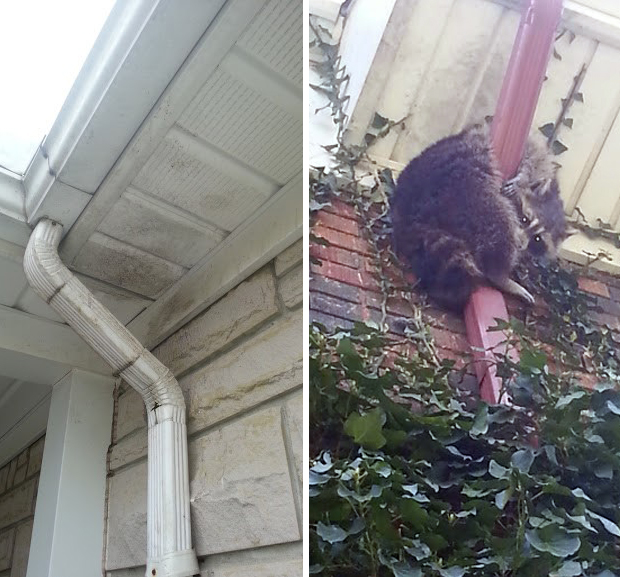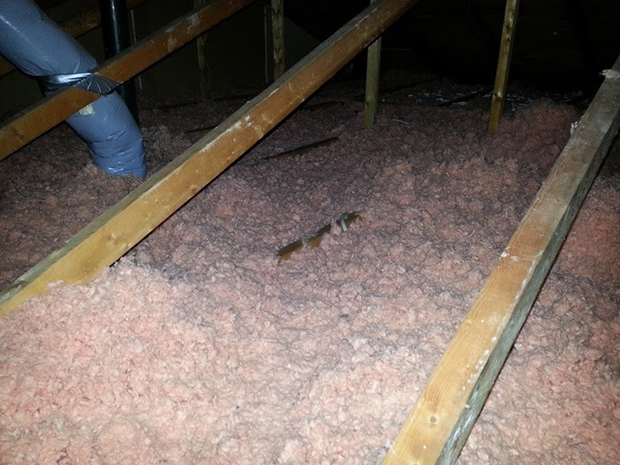How do raccoons get on the roof?
One of the most common questions we’re asked by Oakville homeowners is how the raccoon got on the roof in the first place. A lot of people don’t know this, but raccoons are excellent climbers and in most cases have very little trouble finding their way on to just about any roof.
In natural settings, raccoons often make their den inside tree hollows. When climbing trees, they are aided by excellent strength and agility as well as dexterous front paws to help them with grip. It’s interesting to note that raccoons always descend trees head first – this is because they are able to rotate their hind feet 180 degrees.
Raccoons, especially mothers with babies, prefer to make their dens well above ground for security against predators. For the same reason, city raccoons enjoy making their home inside attics and chimneys. Oakville has a large raccoon population despite years of expanding humane development.
The success of raccoons as an urban wildlife species is in large part due to their ability to find shelter in unique places and their excellent climbing skills certainly come in handy.

Here are some common ways raccoons get on roofs:
- Trees and vegetation. Branches, shrubs and vines that are close to, or overhang, a roof are potential avenues for raccoons to get on a roof.
- TV antennas. Less common today than in years past, old TV antennas are like a ladder for raccoons.
- Downspouts. If your roof has an eaves trough or gutter then it also has downspouts. Usually made from aluminum, these drainage pipes connect your roof’s gutter with the ground below and allow for proper drainage of rain and melting snow. In some cases we have seen homeowners cut down all the trees near their house only to discover that acrobatic raccoons where climbing the downspout to get on to the roof.
Raccoon Roof Damage
Once raccoons find a way to get on to a roof they have the opportunity to enter the attic through a number of places. Roof vents, gable vents, flimsy soffits and rotted roof board are all common locations for raccoon attic entry.
During spring, mother raccoons use attics to have and raise their babies. Attics are a favourite raccoon den site because they are dark, warm and sheltered from the elements. Once inside they can cause tremendous amounts of damage to insulation, wiring and utilities.

Skedaddle Humane Wildlife Control
Since 1989, Skedaddle Humane Wildlife Control has been removing and excluding raccoons from Oakville homes. Our proven process will ensure that we humanely remove the raccoons, clean up the damage and prevent their re-entry.
If you suspect that a family of raccoons has taken up residence inside your attic then call us today to book and inspection with one of our friendly and knowledgeable technicians.
Call 905-858-3379!


